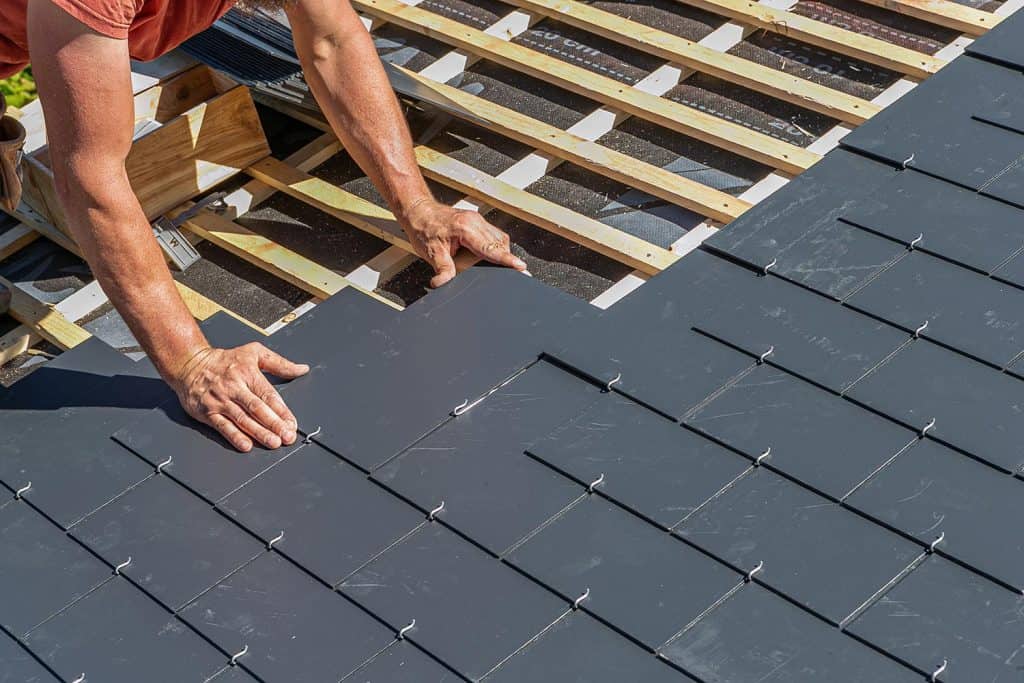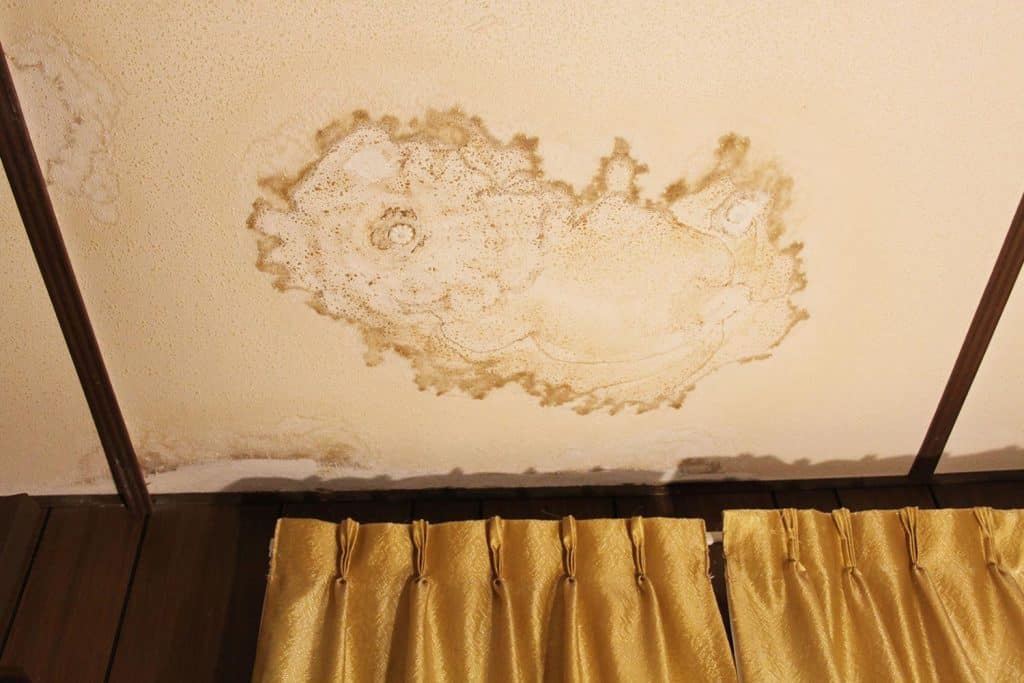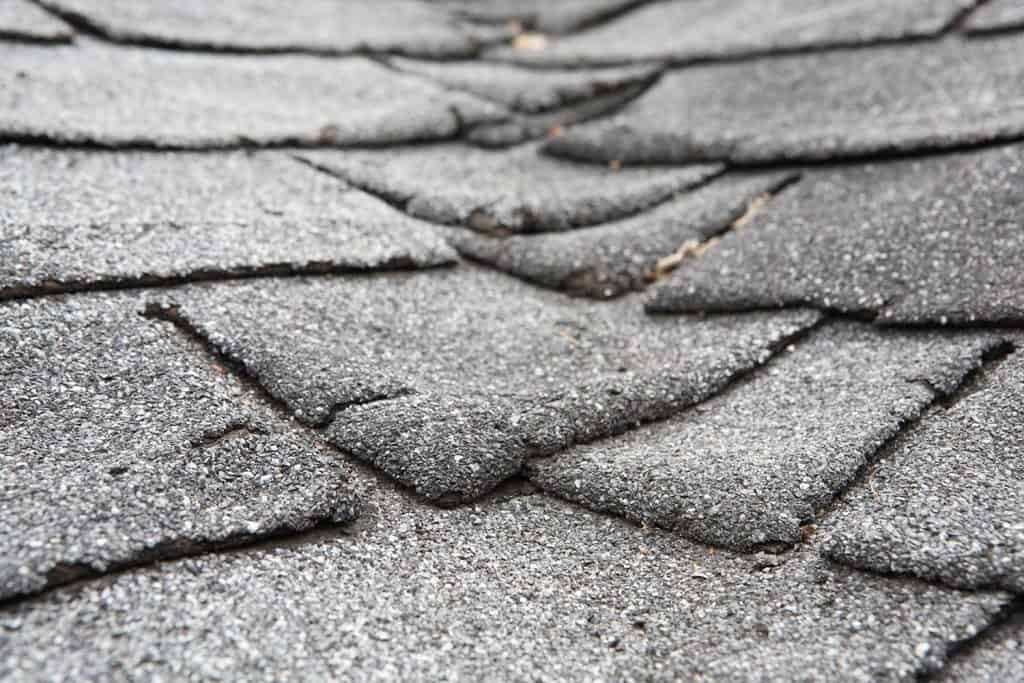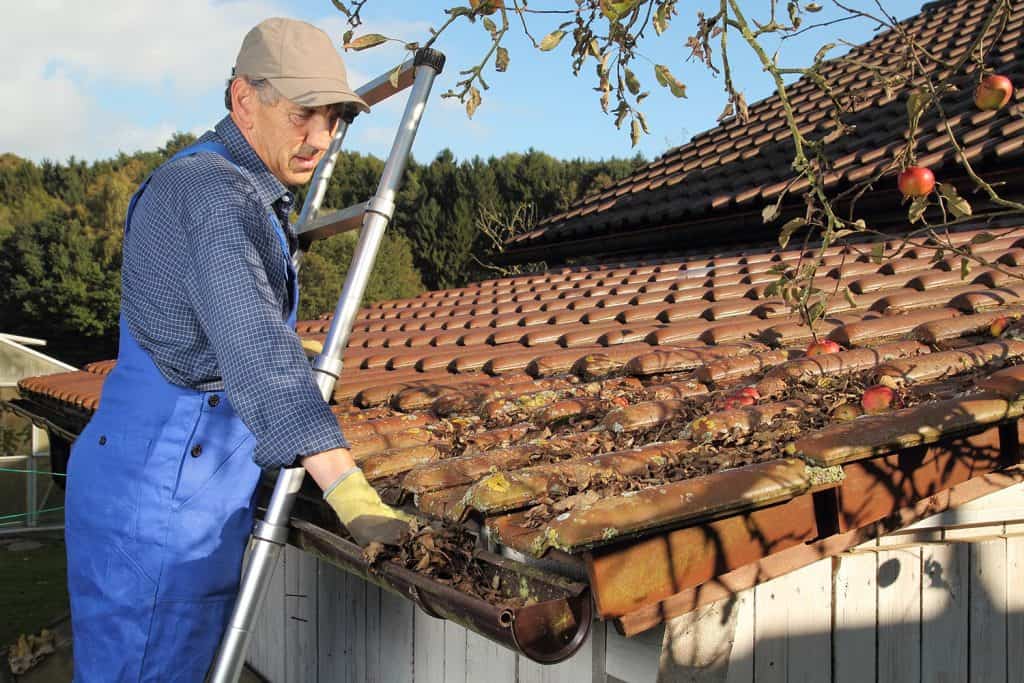If you don't know when it's time to replace your roof, you could be ignoring significant and costly concerns. Signs indicating it's time to think about replacing your roof may go unnoticed by homeowners. With such a wide range of life spans for different materials, determining when your roof should be replaced can be difficult. So, how often should you replace your roof?
That is where this article comes in to assist. We've put up a list of the few things to know when someone asks if your roof needs to be replaced.
Roof replacement is an important maintenance task. It entails everything from determining the type of roof you have to monitor for indications of interior damage. Continue reading to learn more about a roof replacement.

1.Think About the Type of Roof
The type of roof you have is one of the first questions to consider when inquiring, "does my roof need to be replaced?" Because different roof types have varying lifespans and demands for maintenance, this is true. There are several various types of roof replacement alternatives accessible, including asphalt shingles, wood shingles, and metal panels.
Asphalt shingles are one of the cheapest alternatives. These must be replaced every 15 to 20 years. However, you could get up to 30 years out of your asphalt shingles if you choose architectural asphalt shingles.
Consider porcelain or cement tiles if you want something that will stand the test of time. These endure for 50-100 years as a result of their durability. Slate roofing is one of the most expensive alternatives, but it is also durable. It's very sturdy and resistant to the elements. In most situations, it may endure for more than 100 years.

2.Think About Roof's Age
Say you're thinking, "when should my roof be replaced?" but can't tell just by looking at it, considering its age. You can expect your roof to last more or less 15 to 100 years, depending on the kind of material used.
It's time to replace your roof when it's closing in on or has passed its expected lifespan. Furthermore, if there are any hidden issues, they will only worsen with time. This can result in significant increases in the cost of replacing your roof.
An older roof may also impact your home's value. You'll get the benefits of a new, more durable roof as well as a boost in the value of your house by having it replaced.
3.Take note of any interior damage signs.
Knowing how often you should replace your roof is dependent on knowing what to look for. When examining a roof's exterior, the necessity for replacement isn't always apparent. It's also possible to discover interior deterioration before discovering exterior damage.
To some degree, damaged or worn roofs may be exposed to the elements. This means that water may seep beneath your roof tiles over time.
The easiest method to identify this is to look for discoloration on your ceiling. Brown or yellowish stains will show where the water puddles in severe cases. The roof may even droop in more extreme situations.

4.Keep an eye out for signs of exterior damage.
Depending on the damage, exterior damage might be difficult to detect or extremely obvious. This is why it's essential to inspect your roof's condition following significant storms or as it approaches the end of its lifespan.
Broken or missing shingles are the most apparent indications of external damage. Roofs with cracked shingles or shingles curling at their edges are examples of such damage. This might also indicate mold or moss development as a consequence of water damage.

Exterior damage can be seen in the form of failed repairs. For example, some individuals concerned with lowering roof replacement expenses may choose a double layering solution, which involves another layer of the roofing material superimposed on top of the existing material.
This is a very ineffective technique that can lead to more damage in the long run. It's worth paying a little more for superior roof replacement, so you don't have to pay more down the road.
5.Check Your Gutters Often

When people ask whether their roof has to be replaced, they are unaware of the damage clogged gutters can do. This is due to a lack of knowledge about how blocked drains might harm your property.
Gutters are essential since they prevent water from accumulating on your roof and causing damage. Water builds up when blocked, and it may enter cracks in your ceiling. This causes water damage to your roof, which compromises its integrity and may even leak into your house.
On the other hand, gutter blockages can contribute to a damaged roof and may even be an indication of one that has already occurred. This is why checking your gutters for pieces of roofing material is so important. When your roof is deteriorating, you may notice large chunks of shingle falling down the drains and telling you it's time to replace your roof.
How often should you replace your roof?
There are several factors to consider when it comes to changing a roof, but most roofs should be replaced after 20 years. However, if you detect any issues or severe concerns before then, it may have to be done sooner. It's critical to keep an eye out for signs of wear and tear. If left unaddressed, it has the potential to cause significant structural harm and make your roof hazardous. A professional roofing business can inspect your roof and determine if it requires a complete replacement or minor repairs. You may now avoid little repairs that might become pricey over time since they can accumulate. You may also benefit from the expertise of a skilled roofing contractor. You'll be sure to have a roof that will last you for many years.
Ensure your roofing contractor is licensed, bonded, and insured before hiring them, especially if you want to hire a company that will finance the work. Roofing contractors who are not adequately qualified or bonded may put your property at risk by performing illegal or harmful repair work. This should include:
- A building permit is required to ensure that your skilled roofing expert adheres to local building codes.
- A written contract specifies all essential information, products, and costs.
- Your contractor's insurance company's letter confirms the policy covers everything.
How often should you replace your roof? The basic answer is that a roof should be replaced as needed, but understanding what to look for may help you evaluate your roof system and make appropriate judgments.
